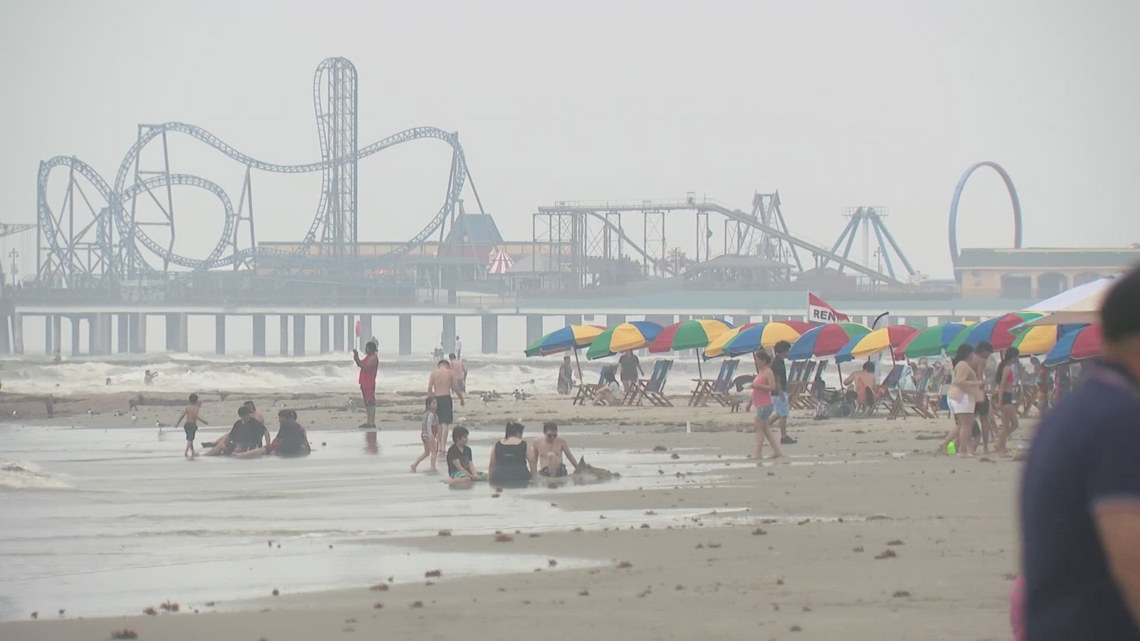
The Texas General Land Office (GLO) has a way for you to check how much bacteria associated with fecal matter you could be exposed to.
GALVESTON, Texas — Headed to the beach to cool off this summer? The Texas General Land Office (GLO) has a way for you to check how much bacteria associated with fecal matter you could be exposed to.
Texas Beach Watch tracks the amount of Enterococcus bacteria in the water along the state’s coastline. The GLO said the EPA recommends avoiding swimming when the level of bacteria reaches 104 colony forming units (cfu) per 100 ml.
On TexasBeachWatch.com, there’s a map that has markers along the coast indicating the bacteria levels at specific beaches. A green marker indicates bacteria counts less than 35 cfu/100 ml, a yellow marker indicates bacteria counts between 35 and 14 cfu/ 100 ml and a red marker indicates a bacteria count of more than 104 cfu/100 ml.
When a beach has a red marker, it means swimming is not recommended.
No beaches had red markers Monday morning, but several, including some in Galveston, were listed as yellow. Clicking or tapping on individual beaches will give you the date the measurement was taken and the measurement itself.
